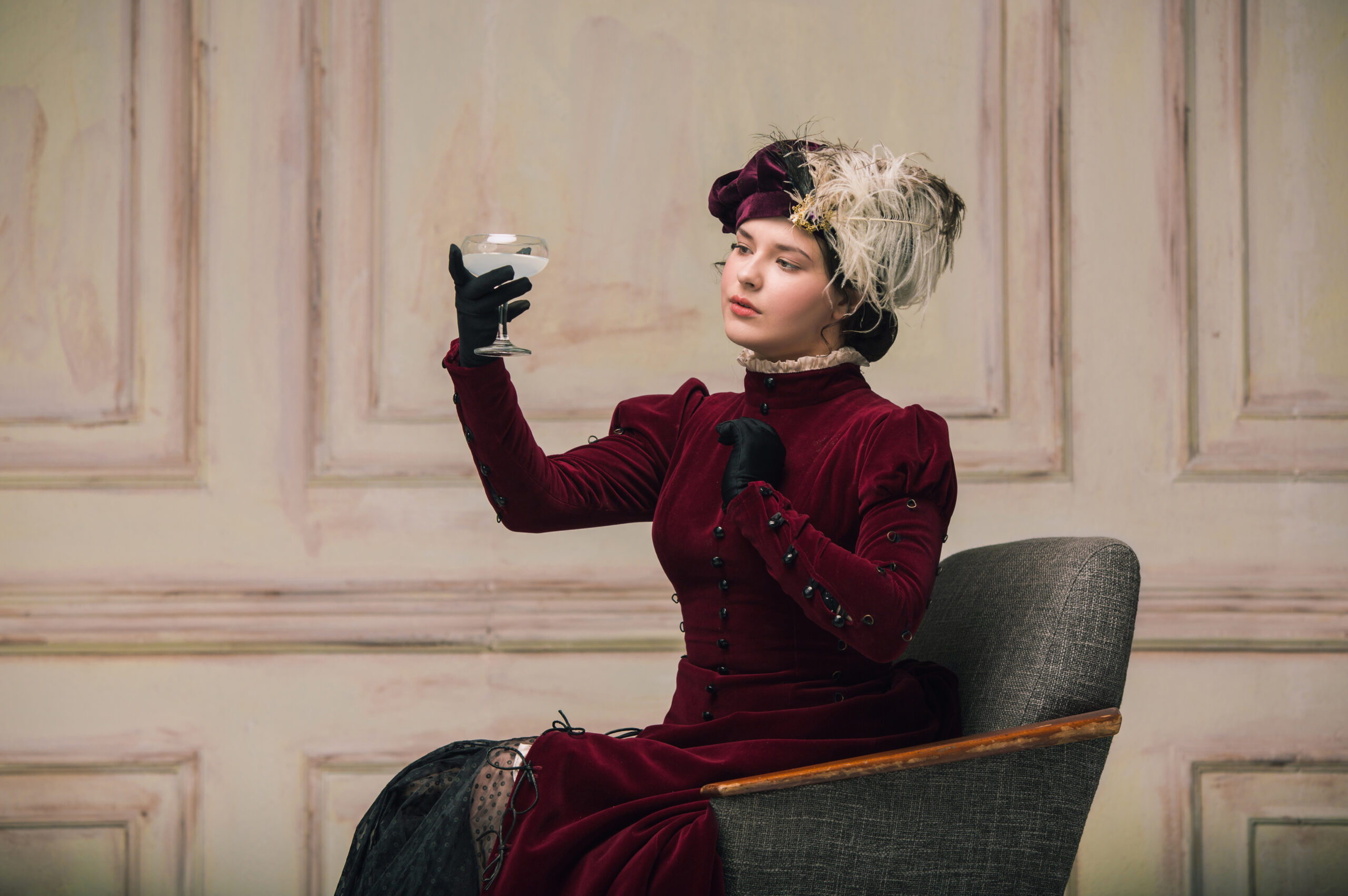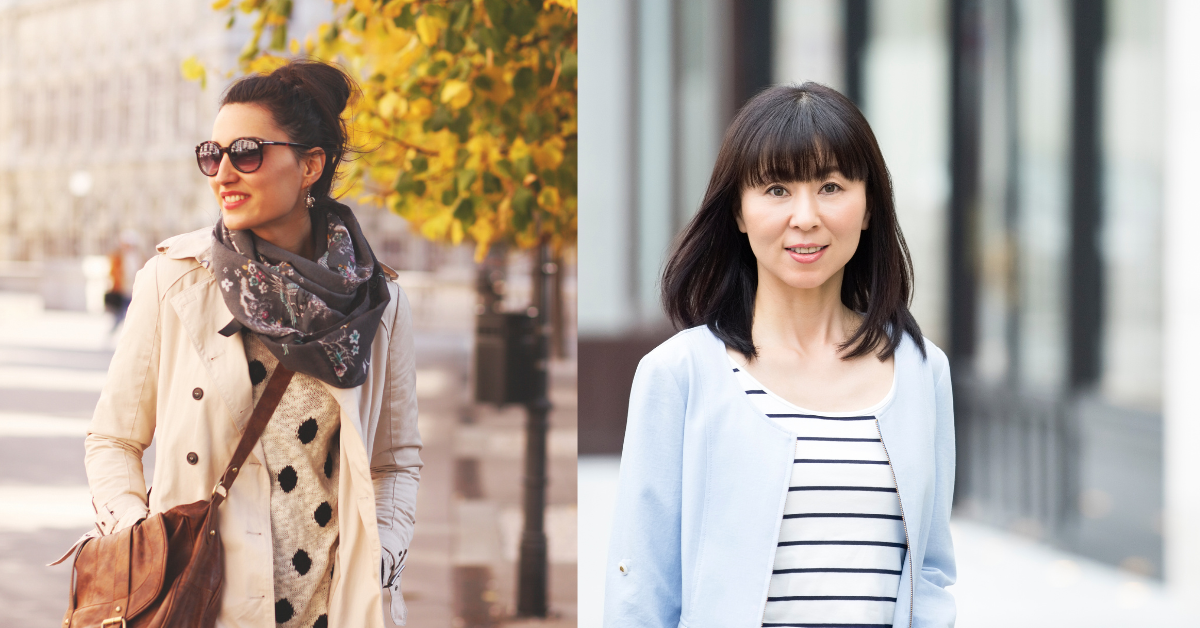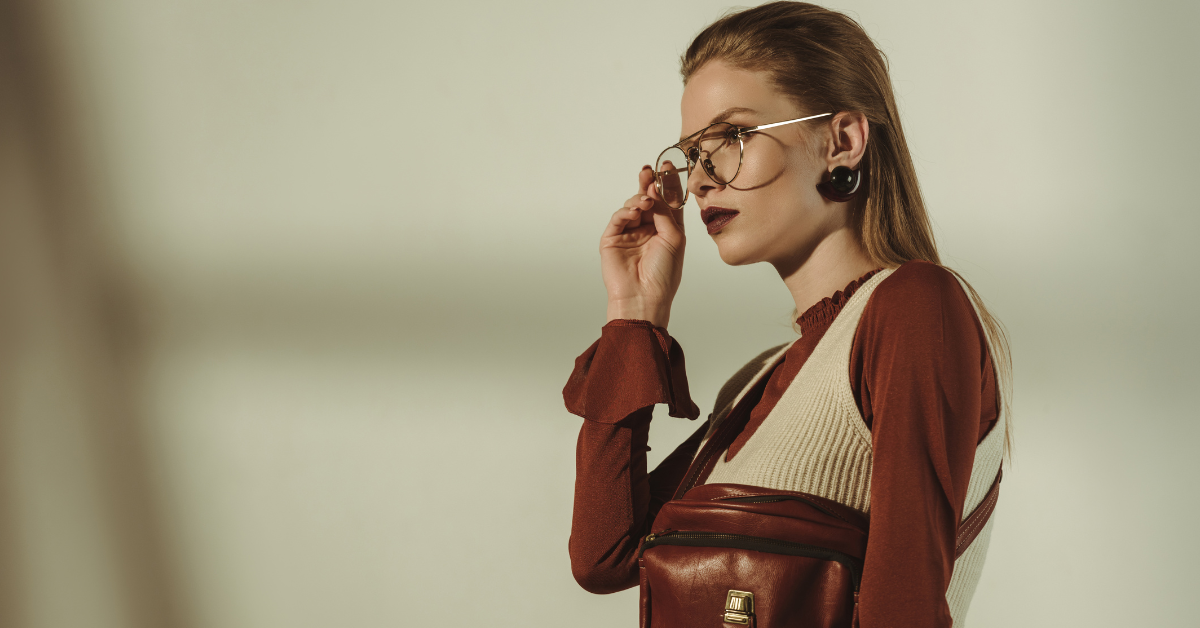Introduction
The Gilded Age, spanning from the late 19th century to the early 20th century, was a period of immense wealth, opulence, and cultural transformation in the United States. This article delves into the captivating world of Gilded Age fashion, unveiling the trends, influences, and key aspects that defined this glamorous era.
The Birth of Extravagance
1.1 The Gilded Age: A Historical Snapshot
To truly appreciate Gilded Age fashion, we must first understand the historical context. The term “Gilded Age” was coined by Mark Twain, and it encapsulates the glittering surface that hid social inequality and industrialization’s stark realities.
1.2 Fashion as a Status Symbol
In the Gilded Age, fashion was not merely a form of self-expression; it was a means of showcasing one’s social standing. Elaborate attire was a reflection of wealth and power.
Women’s Fashion
2.1 Corsets and Crinolines
One of the most iconic elements of women’s fashion during this era was the corset. Women wore corsets to achieve the coveted hourglass figure, and crinolines added volume to their dresses.
2.2 Bustles and Trains
Bustles and trains were essential features of Gilded Age dresses. These exaggerated the rear end and added a touch of drama to women’s attire.
2.3 Extravagant Fabrics and Embellishments
Gilded Age women’s dresses were characterized by sumptuous fabrics such as silk, satin, and velvet. Elaborate beadwork and lace adorned their gowns, displaying exquisite craftsmanship.
Men’s Fashion
3.1 Tailcoats and Top Hats
For men, the Gilded Age ushered in formal attire that included tailcoats, waistcoats, and top hats. These garments exuded sophistication and refinement.
3.2 The Dandy Style
Some gentlemen embraced the dandy style, characterized by brightly colored waistcoats and bold patterns, challenging traditional norms of men’s fashion.
Influences on Gilded Age Fashion
4.1 European Elegance
Gilded Age fashion drew significant inspiration from European styles, particularly French and British influences, setting the tone for elegance and luxury.
4.2 Industrialization’s Impact
The rapid growth of industries led to innovations in textiles and manufacturing, making fashionable clothing more accessible to a broader segment of society.
The Decline of the Gilded Age
5.1 Changing Societal Values
As the Gilded Age waned, societal values began to shift. The excessive opulence that defined the era was increasingly viewed as excessive and out of touch with the times.
5.2 A Legacy of Fashion
Although the Gilded Age itself may have ended, its influence on fashion persisted. Some elements of Gilded Age style can still be seen in modern fashion.
Conclusion
The Gilded Age was a time of extravagant fashion, where clothing was a symbol of status and opulence. The era left an indelible mark on the world of fashion, shaping trends that continue to influence our clothing choices today.
Frequently Asked Questions (FAQs)
- What was the Gilded Age known for? The Gilded Age was known for its excessive wealth, opulent lifestyles, and stark social inequality.
- What were some key elements of Gilded Age women’s fashion? Women’s fashion in the Gilded Age featured corsets, crinolines, bustles, trains, and luxurious fabrics with intricate embellishments.
- Did men’s fashion change during the Gilded Age? Yes, men’s fashion evolved during the Gilded Age, with the introduction of formal tailcoats and top hats, as well as the dandy style.
- How did European fashion influence Gilded Age style? European elegance, particularly French and British fashion, had a significant impact on Gilded Age fashion trends.
- Is Gilded Age fashion still relevant today? While the Gilded Age itself has passed, some elements of its fashion can still be found in modern clothing styles, demonstrating its lasting influence.





